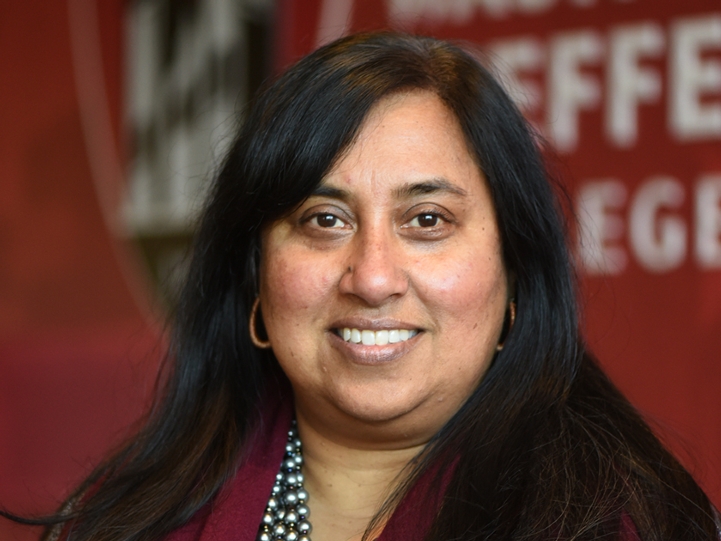Reflections on Student Affairs Work Amidst Challenging Times
Supporting the Profession AVP or "Number Two" Senior Level VP for Student Affairs
December 21, 2023
Although we are experiencing complex challenges, I feel compelled to mention that I am an optimist and very hopeful about the future of higher education. The privilege of being in the business of educating young people to become engaged and ethical citizens of the world is something I cherish and value, and I am energized to help shepherd the evolution of our collective work in student affairs and at our respective institutions.
The aftermath of the pandemic, demographic realities, the economic and political landscape, and the rapid acceleration of technology and innovation are prompting almost all our institutions to adapt and evolve at a quick pace. We are in the midst of challenging headwinds in an industry that has traditionally been slow to change and adapt; the opportunities and risks in our field seem to be mounting from all directions.
Understanding that the higher education experience is deeply affected by factors both external and internal to the institution, here are some thoughts for your consideration.
-
K-12 schools continue to adjust teaching methods to match new needs of children which will likely translate to a differently prepared college-going student in the future. Many of us are experiencing this now and this is expected to continue well into the future.
-
The pandemic aftermath will continue to challenge the preparedness of college students, as well as the needs and expectations of future generations. There is a greater expectation for learning and personal learning and living accommodations, as well as the expectation of integration of systems that meet students where they are.
-
The demographic cliff is here – we know that there are fewer traditional domestic college-aged students. This makes enrollment management more competitive and the opportunity for institutional alignment in delivering on the promise of our respective missions even more critical. This is notable for strategic planning related to educational access, persistence, and overall success.
-
The economic realities for families and students challenge the financial investment of higher education, and there is a heightened focus on career readiness and outcomes. Also, today’s students are savvier in considering ROI and affordability, so there is a greater need to articulate the value proposition of higher education. This is compounded by the sometimes-competing challenge of considering what a student can earn or do now without a college degree and/or the competing pressures to support family members versus weighing the advantages of future earnings and education.
-
Economics are challenging for institutions as well. Many colleges and universities are facing difficult financial realities. In some cases, these are aftereffects of the pandemic; for some, it is compounded by declining enrollment. Mergers, right-sizing, elimination of programs, and faculty/staff reductions are all part of the current landscape.
-
The pandemic propelled all of us to grapple with technology – the reality is that it’s here to stay. We are considering the implications for more modalities of teaching and learning and service delivery. Policies are being considered for AI and its impacts on academic integrity/research and how our organizations shift over time.
-
Labor markets in higher education have shifted as well. We are confronted with how our industry attracts and retains talent. As we work toward greater efficiencies, hopefully without compromising the development and learning of our students, we are confronted with current and likely future complexities of talent acquisition and retention, staff preparedness, and the investment of developing our teams.
-
Regulation in higher education is increasingly complex. We have seen this most recently regarding financial aid and Title IX. Colleges are differently sourced to stay abreast and manage these ever-evolving requirements.
-
And, finally, something I have been contemplating lately are our governance structures. With all of the shifts afoot – how do we consider shared governance in a way that supports our mission in higher education while embracing change for current and future students? What are the appropriate governance structures to allow us to be nimble and make timely decisions to ensure our effectiveness as institutions?
The collective nature of these challenges provides opportunities to consider and adopt new ways of working and collaborating within our organizations and with industry partners. Our mission continues to be important, and I would argue even more critical. The commitment to educate the next generation of leaders who will be equipped with the skills, confidence, and talent to tackle the complexity of the world in which they live is noble and increasingly important. It is incumbent on us, as student affairs leaders, to provide leadership to our teams and organization to ensure that our mission-driven work continues to focus on student development, learning, and success.

Eva Chatterjee-Sutton serves as the vice president of student life & dean of student at Washington & Jefferson College and is a member of the NASPA James E. Scott Academy Board.